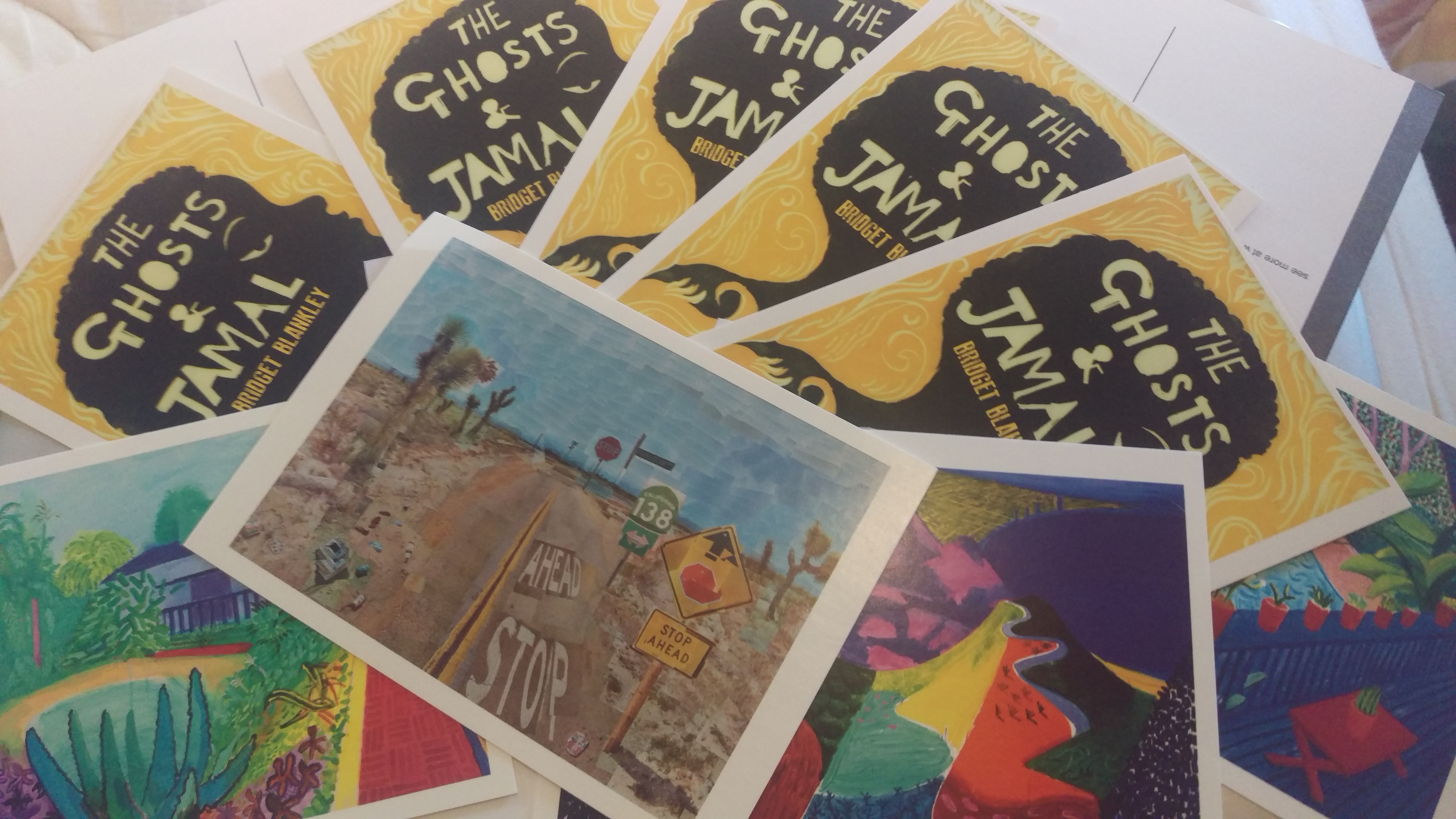Blog piece (winning piece from Off the Beaten track writing contest )
Ystalyfera – Home of the Welsh Dragon
In September you can sometimes glimpse their pink-tinged ears above the heather. By October they have lost their charm and leave blackened trails winding across the mountains. This is when they are at their most unpredictable. You can go out on the mountains, but your insurance agent is likely to reject your claim unless you are accompanied by a trained guide and a licenced coal-thrower, who can distract the dragonlets with buckets of tasty treats.
I try to get down every year as I think that there is little to rival the heady mix of eco-holiday and adrenaline rush that a dragon-safari offers. Of course there are always fools who think that a guide is unnecessary and I hear that the local hospital, Ysbyty Morriston, which houses the Welsh Centre for Burns and Plastic Surgery, is very good.
This phase only lasts for about six weeks and by mid-November the dragons are herded from the nursery slopes up to the main grazing grounds on the mountains. This translocation, which has been an annual event for the past two millennia has something of a party atmosphere.
Everyone should attend Dragon Looping at least once in their lives. There are Dragon Looping T-shirts and baseball hats to be purchased. Ystalyfera Toffee, cunningly shaped into the form of flying dragons, to be brought and drinks to be downed in the Old Flight & Fire. This 18th Century hostelry is the only place in Wales where beer is brewed from the ground scales from moulting dragons. A brew, that they say, to put fire in your belly.
If you do visit Ystalyfera in November, you might think that the sole purpose of Dragon Looping is for the locals to make money from gullible tourists. This isn’t true. No, really, it isn’t. The purpose is to get the next generation of dragons up above the tree-line where they can be corralled without risk of forest fires.
Dragons are not nearly as dangerous as people think, but they are unpredictable and if you want to make a get the best income from your dragon farm, you have to find somewhere safe to keep them over the winter. I am sure you know, as a seasoned traveller, that dragons love to fly. This is why the main competition at the Dragon Looping is Trim-The-Tail-From-The-Dragon. It is believed that the popular party game Pin-The-Tail-On-The-Donkey was derived from this fun packed sport, so popular with Ystalyfera’s youth.
The RWSPD (Royal Welsh Society for Protecting Dragons) claims that tail trimming doesn’t hurt, some even say that the dragons enjoy it. I’m unconvinced. Surely, if Dragons were happy to have their tails trimmed they would sit, or at least stand, still while the trimming took place. They do not. A fact that improves the entertainment (and provides work for the army of St. John’s Ambulance volunteers.)
The tail thrashing has the added benefit of reducing many of the older houses to rubble, thus ensuring that Ystalyfera is the most modern village in the whole of the principality.
If you miss the Dragon Looping all is not lost, there is one final opportunity to see the Dragons before they escape into the mountains, leaving their eggs in the safe hands of the farmers.
In February, while the snow still covers the mountain tops, you can see the courtship dance of the gathered dragons, where groups of tiny male dragons circle receptive females, trying to impress them with elaborate displays of blue and green fire.
I should explain at this point that only the female dragons produce red flames and so the dragons illustrated in Medieval Bestiaries are almost always female.
To return to dragon courtship. Any male that fails to impress will be caught and swallowed by the female. When only one male remains he will either fly rapidly away, seeking safety in the hills, or get his wicked way and then depart.
The remaining females then begin generating scarlet fireballs. This has a deep impact on the life in the valley. The mountain coal begins to glow, providing the gentle heat required by the precious black dragon eggs. The dragon fire also melts all the snow from Swansea to the Black Mountains. This rises in great clouds, ensuring that Ystalyfera, and its environs, are drenched in rain all year round.



